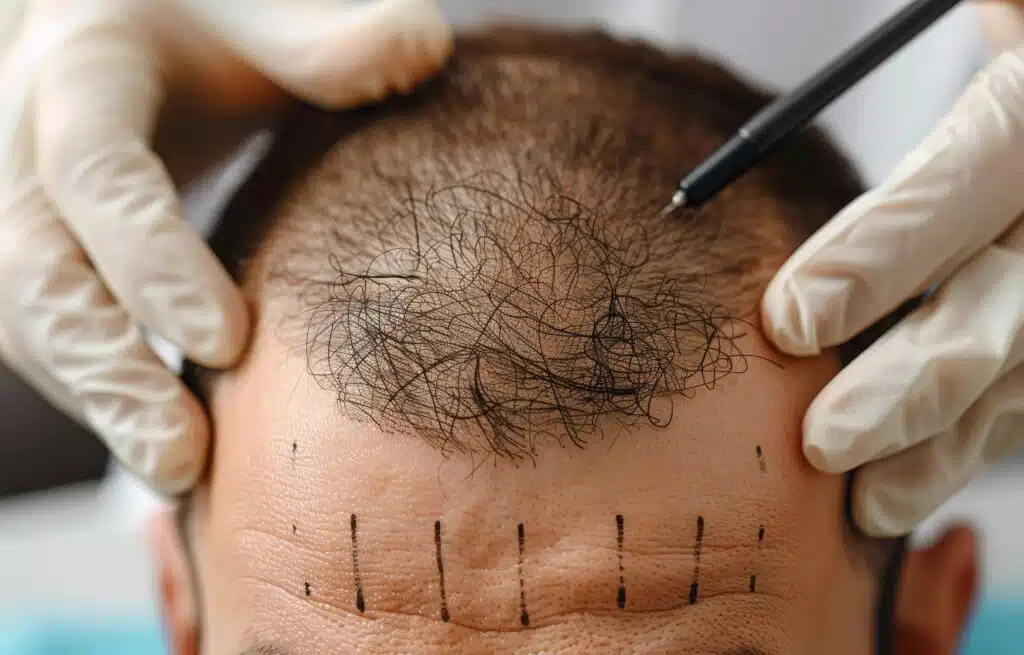
Over the last few decades, non-surgical cosmetic procedures have gained massive popularity, and one of the most widely used among them is Botox. Originally developed for medical use, this injectable has become a go-to solution for people seeking smoother, younger-looking skin without undergoing surgery. From Hollywood celebrities to everyday individuals, Botox has become a common part of beauty routines for people across the globe.
At its core, Botox is a neurotoxin derived from Clostridium botulinum. While the term "toxin" may sound alarming, in small doses, it has been proven to be safe and effective for both aesthetic and medical treatments. Its ability to temporarily paralyze muscles is what makes it such a powerful agent in reducing the appearance of wrinkles and fine lines. Botox injections have revolutionized the cosmetic industry, offering results that are subtle yet noticeable when administered correctly by trained professionals.
How Botox Works on the Muscular and Nervous Systems
Botox works by blocking nerve signals to certain muscles, preventing them from contracting. Since repeated muscle contractions from facial expressions like smiling, squinting, or frowning contribute to wrinkle formation, stopping this activity allows the skin to smooth out. It is particularly effective for dynamic wrinkles—those caused by movement—such as crow’s feet, forehead lines, and frown lines between the eyebrows.
The effects are not immediate. Typically, results begin to show within 3 to 5 days after the injection, with full results visible after two weeks. The smoother appearance usually lasts between three to six months, after which the treatment can be repeated. Over time, regular treatments may even lead to longer-lasting effects due to muscle reconditioning.
Medical Uses Beyond Cosmetic Enhancements
While Botox is commonly known for its cosmetic benefits, its applications in the medical field are just as significant. It has been used to treat chronic migraines, excessive sweating (hyperhidrosis), muscle spasticity, lazy eye (strabismus), and even overactive bladder. For patients with neurological disorders, it can offer relief from involuntary muscle contractions, providing a better quality of life.
The FDA has approved Botox for several medical conditions, and ongoing research continues to explore its potential in treating other issues such as depression and temporomandibular joint disorder (TMJ). These broader applications have positioned Botox as more than just a vanity solution, reinforcing its role in both aesthetic and functional medicine.
Benefits and Positive Outcomes
There are several reasons why millions of people turn to Botox year after year. The treatment is quick, often referred to as a “lunchtime procedure,” taking no more than 15–30 minutes in most cases. There is minimal downtime, allowing patients to return to their daily activities almost immediately.
Cosmetically, the results are both effective and discreet. Rather than drastically altering one’s appearance, Botox offers subtle rejuvenation that helps people look rested, refreshed, and more youthful. When performed by a qualified provider, it enhances natural beauty without making the face look frozen or expressionless.
Psychologically, many patients report feeling more confident and satisfied with their appearance following treatment. In some cases, this boost in self-esteem can lead to better social interactions, career performance, and overall well-being.
Risks, Side Effects, and Precautions
As with any medical procedure, there are risks involved with Botox, although they are relatively low when administered by experienced professionals. The most common side effects include temporary bruising, swelling, or redness at the injection site. Some individuals may experience mild headaches or flu-like symptoms shortly after treatment.
More serious complications are rare but possible. These can include drooping eyelids, uneven facial expressions, or difficulty swallowing if the toxin spreads beyond the intended area. This highlights the importance of choosing a certified and well-reviewed practitioner who understands facial anatomy and proper dosing.
It is also crucial to disclose any underlying medical conditions or medications during the consultation. Botox is not recommended for individuals who are pregnant, breastfeeding, or have certain neurological disorders. A proper evaluation by a healthcare provider ensures the safest and most effective outcome.
Long-Term Considerations and Final Thoughts
Over time, patients often wonder whether continuous Botox use leads to negative long-term effects. Research has generally shown that long-term use is safe for most people, especially when treatments are spaced appropriately and performed by licensed professionals. In fact, consistent users often require fewer units of Botox over time due to muscle conditioning and reduced movement in treated areas.
However, it is essential to maintain realistic expectations. Botox does not permanently erase wrinkles, and it does not replace the need for a healthy skincare routine. It should be viewed as one component of a broader approach to aging gracefully. Good hydration, sun protection, a balanced diet, and regular skin treatments all contribute to maintaining a youthful appearance.
Before beginning Botox treatments, it is wise to schedule a consultation with a qualified provider. This allows for a full evaluation of your goals, skin condition, and medical history. You can discuss the number of units required, potential side effects, costs, and frequency of treatments.
In conclusion, Botox has become a versatile and widely accepted option for both cosmetic and medical purposes. With benefits ranging from wrinkle reduction to relief from chronic health conditions, it offers a powerful yet non-invasive solution. By understanding how it works, weighing the risks, and setting realistic goals, individuals can make informed decisions and enjoy the results with confidence.
Comments on “Botox Injections: Everything You Need to Know About Benefits, Risks, and Results”